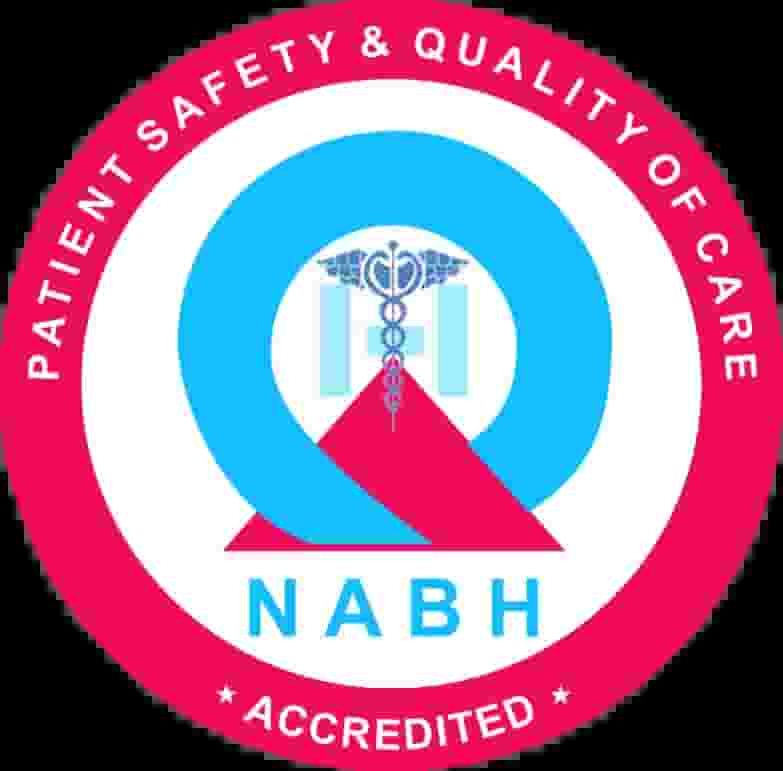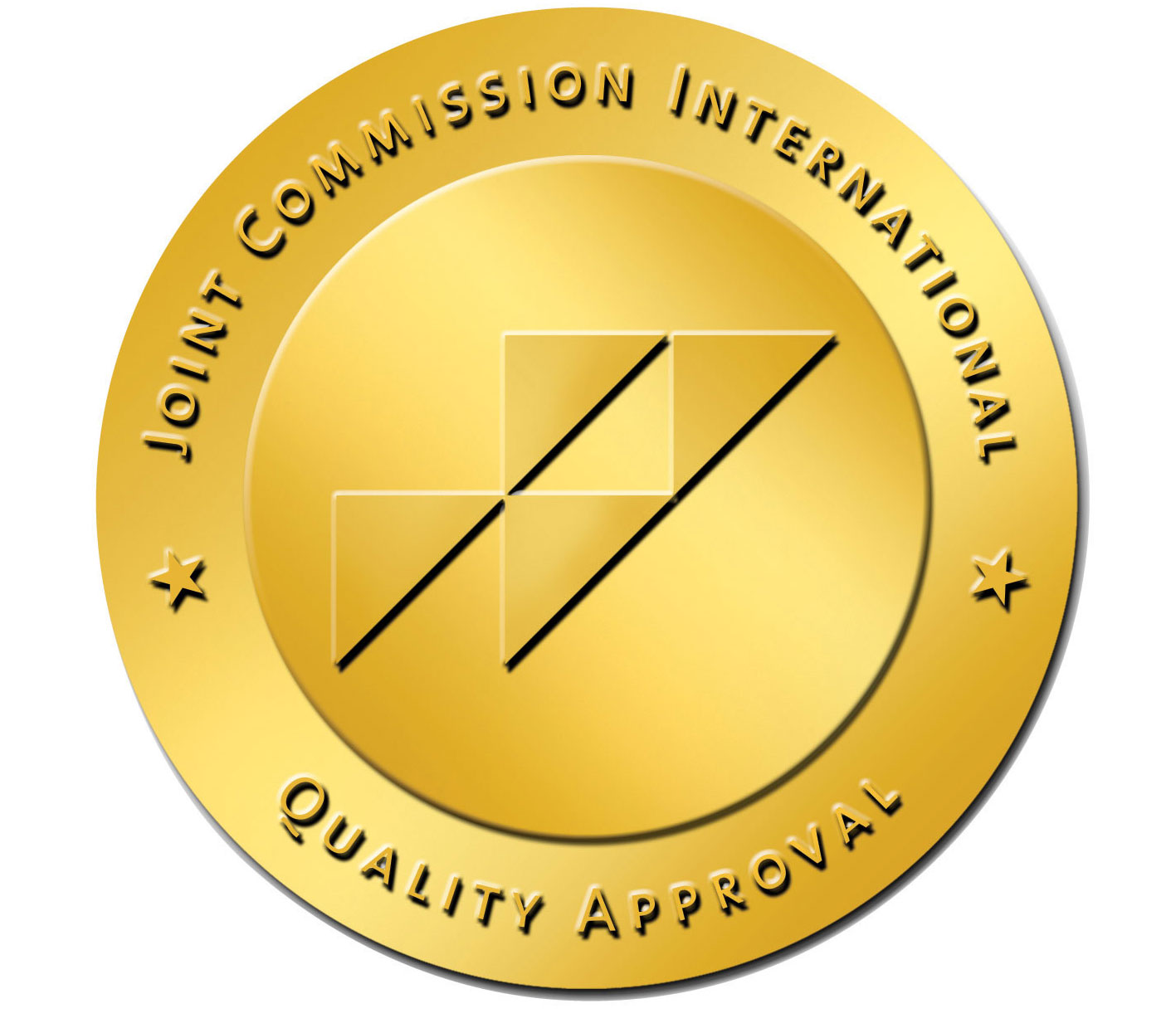
Understanding RA: The RA Factor Test
09 Sep, 2023
Introduction
Rheumatoid arthritis (RA) is a chronic autoimmune disorder that affects millions of people worldwide. It is characterized by painful inflammation in the joints, which can lead to joint damage and disability if left untreated. One crucial tool in diagnosing and managing RA is the RA factor test. In this informative blog, we will delve into the RA factor test, exploring its significance, procedure, interpretation, and the role it plays in the diagnosis and management of rheumatoid arthritis.
1. What is the RA Factor Test?
1.1 The Science Behind Rheumatoid Factor
The RA factor test, short for Rheumatoid Arthritis Factor test, is a blood test used to detect the presence of antibodies called rheumatoid factors in the blood. These antibodies are produced by the immune system and can attack healthy tissues, including joints, leading to inflammation and joint damage.
Transform Your Beauty, Boost Your Confidence
Find the right cosmetic procedure for your needs.

We specialize in a wide range of cosmetic procedures

2. Who Should Consider the RA Factor Test?
The RA factor test is primarily recommended for individuals who exhibit symptoms suggestive of rheumatoid arthritis, such as:
2.1 Common Symptoms of RA
- Joint pain and stiffness, especially in the morning.
- Swelling and tenderness in multiple joints.
- Fatigue and general malaise.
- Loss of joint function and mobility.
Additionally, individuals with a family history of RA or those at risk for autoimmune disorders may undergo the test as a preventive measure.
3. Procedure
The RA factor test is a straightforward blood test that can be conducted in a healthcare provider's office or a clinical laboratory. Here's what you can expect:
3.1 Test Procedure
- Preparation: No special preparation is usually required. However, it is advisable to inform your healthcare provider about any medications or supplements you are taking, as certain drugs can affect the results.
- Blood Sample Collection: A trained healthcare professional will clean the area, usually the inside of your elbow or the back of your hand, with an antiseptic. They will then use a small needle to draw a blood sample from a vein.
- Results: The blood sample is sent to a laboratory for analysis. Results typically take a few days to a week, depending on the lab's processing time.
4. Interpreting the Results
The results of the RA factor test are reported as a numerical value. A positive result indicates the presence of rheumatoid factor antibodies in the blood, but it does not necessarily confirm a diagnosis of rheumatoid arthritis. Conversely, a negative result does not rule out RA, as some individuals with the condition may not have detectable levels of rheumatoid factor.
4.1 Considerations for Test Interpretation
It's important to note that other conditions, such as infections, other autoimmune diseases, and even normal aging, can lead to a positive RA factor result. Therefore, healthcare providers consider the test results alongside a patient's clinical symptoms and may order additional tests, such as imaging studies and other blood tests, to arrive at a definitive diagnosis.
5. Role of the RA Factor Test in RA Diagnosis and Management
The RA factor test plays a crucial role in the diagnosis and management of rheumatoid arthritis:
5.1 Diagnosis
A positive RA factor test, along with clinical symptoms and other diagnostic tests, can help healthcare providers confirm the presence of RA.
5.2 Assessment and Monitoring
The test results can assist in assessing the severity of RA. Higher levels of rheumatoid factor are sometimes associated with more aggressive disease. For individuals already diagnosed with RA, regular RA factor tests can be used to monitor disease activity and the effectiveness of treatment. A decrease in RA factor levels may indicate a positive response to treatment.
6. Limitations and Considerations
6.1 Test Limitations
It's essential to understand that while the RA factor test is a valuable diagnostic tool, it has limitations:
- False Positives: Some individuals without RA may have a positive RA factor test result.
- False Negatives: Not all individuals with RA will test positive for rheumatoid factor. This is particularly true for those with seronegative RA.
- Variability: RA factor levels can vary over time, and a single test may not provide a complete picture of disease activity.
Conclusion
The RA factor test is a valuable tool in the diagnosis and management of rheumatoid arthritis. While a positive result can suggest the presence of RA, it is essential to consider the results in conjunction with clinical symptoms and other diagnostic tests. If you or someone you know is experiencing joint pain and stiffness or other symptoms of RA, consult a healthcare provider for a comprehensive evaluation that may include the RA factor test.
Early diagnosis and appropriate treatment are essential in managing rheumatoid arthritis and improving the quality of life for individuals living with this chronic condition. Always seek guidance from a healthcare professional for personalized advice and treatment options tailored to your specific needs.













